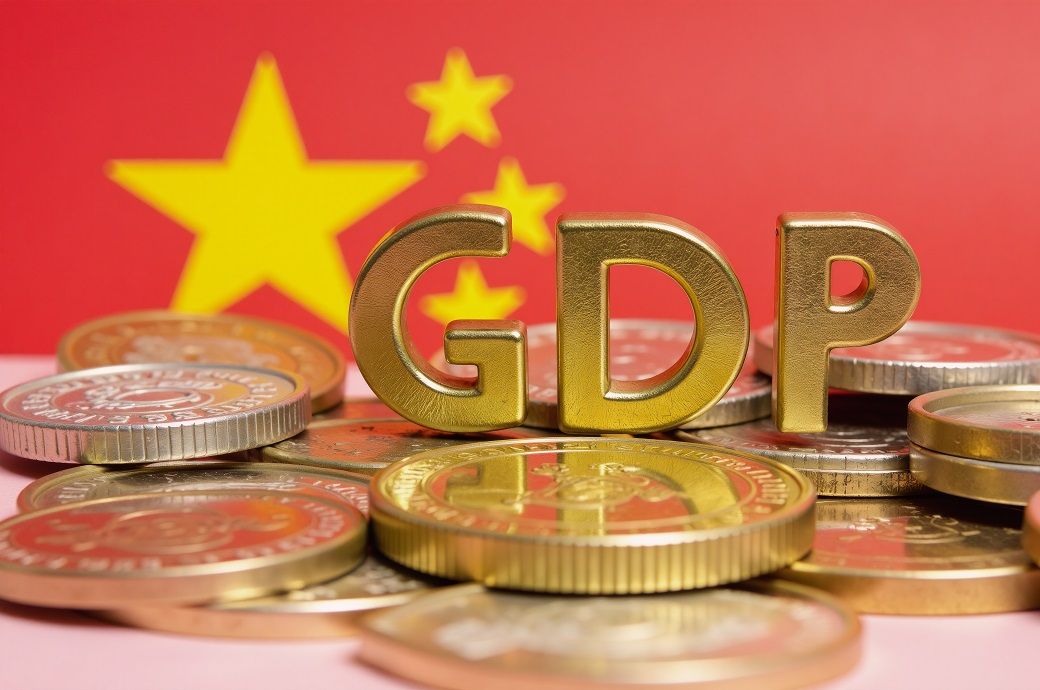Its base case assumes a 60 per cent tariff hike on about three quarters of US imports from China, announced in Q1 2025, but implemented in stages between the third quarter (Q3) of 2025 and Q2 2026, although there is considerable uncertainty on the time, scale and magnitude of actual tariff increases.
It assumes only limited retaliation from China on targeted US products, and no blanket US tariff hikes on imports from the world.
UBS expects China’s GDP growth to slow to 4 per cent this year and 3 per cent in 2026 under the baseline scenario, assuming that the US hikes tariffs on China’s exports in September and China raises policy support in response.
Net exports may still contribute positively to GDP growth, but UBS expects China’s exports to fall sharply in 2026, bearing down on manufacturing capex and prices.
Net exports will likely still contribute positively to GDP growth in 2025 in the country, but UBS expects exports to fall sharply in 2026, bearing down on manufacturing capital expenditure (capex) and prices.
While China’s exports decline should be most acute in 2026, UBS thinks corporate capex will likely weaken notably already in 2025. Even after considering potential trade triangulation and supply chain shifts, it estimates the negative drag on GDP growth to be over 150 basis points.
The multinational investment bank and financial services company expects additional fiscal expansion in 2025-26 to help alleviate local government financial challenges, support infrastructure investment and help to stabilise the property market in China.
It expects the country’s consumer price index (CPI)-based inflation to weaken to 0.1 per cent this year and minus 0.2 per cent in 2026 along with a weaker growth, it said in an article on its website.
UBS expects China to intensify policy support in FY26 to boost domestic demand. It thinks a tariff shock may trigger bigger support to household consumption, as well as more structural reforms.
The timing and magnitude of US tariff hikes may be different from UBS’ assumption, as well as the timing and size of China’s policy support. Tighter US tech restrictions and more aggressive decoupling measures could lead to further downside risk, it noted.
Faster implementation of structural measures and reforms in China would boost domestic confidence and the economy, UBS added.
Fibre2Fashion News Desk (DS)


